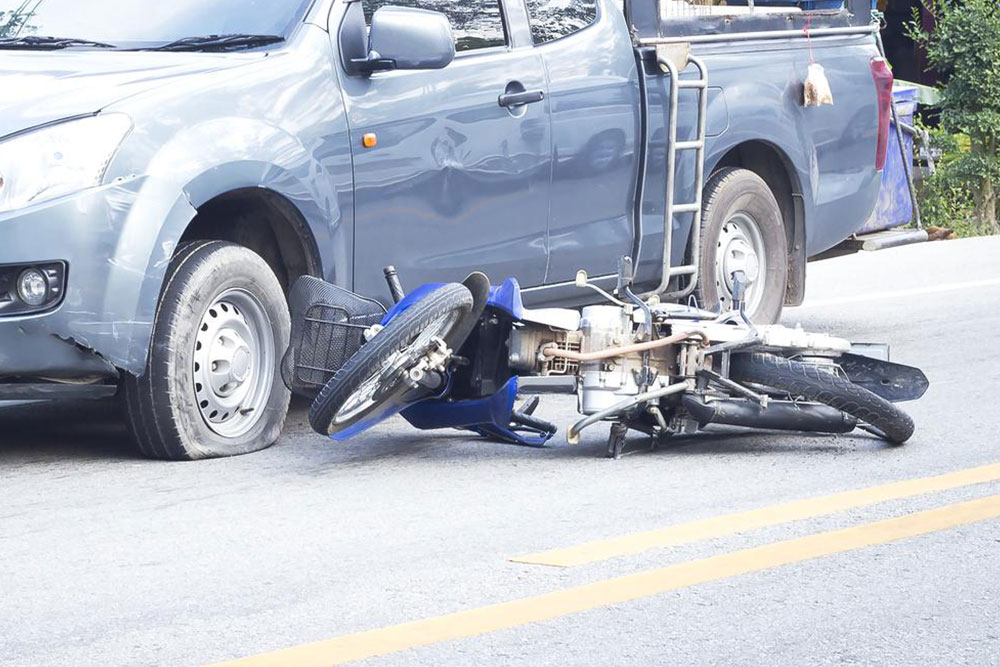
Motorcycle Safety Myths Busted
Motorcycles and their users have been painted in an unflattering light since they’ve been invented, but with changing times, they’re now finally accepted as an acceptable means of transport. The waning winter months see thousands of avid motorcyclists and novices ride across the country, and the media has conditioned us to expect these individuals to be loud, leather-wearing, dangerous people. But did you know that if the proper measures were taken, motorcycles are as safe a vehicle as any? Here are some important (and stubborn) myths regarding motorcycle safety that need to be busted right away, no matter whether riders are experienced or not.
1. Leather is worn by riders to look cool
Yes, leather is a part of the biker culture and yes it looks cool—however, the culture of donning leather jackets began as a means for drivers to protect themselves. The riders prefer it for the unique safety properties of leather, making it a great insulator and keeping them warm against the chill of the wind, protecting them against cuts and scrapes, and being extremely resistant to all and any form of abrasion. Today, leather jackets for riders include protective shoulder, back, and elbow pads for extra safety. The same goes for leather boots, vests, and gloves.
2. Full-face helmets restrict visibility
This is completely untrue. Full-face helmets take the brunt of all the hard elements the riders encounter while riding on the road. According to the Department of Transportation’s safety standards, motorcycle helmets are supposed to provide a field of view of at least 210 degrees, which means that peripheral vision will not be affected at all. However, that’s not all. Full-face helmets also keep debris, rain, bugs, and wind off the faces of the riders, helping them have a riding experience that is free of dangers and distractions.
3. Beginners can start riding immediately on big bikes
This is not the best idea as beginners might not be able to handle the weight of big bikes. Newer riders will be better off handling middleweight bikes such as the Honda CBR500R that is maneuverable and weighs less than 500 pounds. Aa new rider springing for a big motorcycle to impress friends and compensate for their inexperience is almost inviting trouble. One needs to know that it gets difficult to handle tight turns in parking lots or on the road, and even a small mistake might result in inadvertent wheelspin and the rider could be flat on their backs.
4. Loud pipes are lifesaving
The theory is that loud exhaust pipes will be able to grab the attention of nearby motorists on roads because of the increased noise, in case the rider is in trouble. However, physics says that noise is directed towards the rear and not the front, so it’s unlikely that a driver in front of them will hear the motorist. In the end, you need to be seen, not heard.
5. Smaller streets and roads are safer than the interstate
Not necessarily. NHTSA (National Highway Traffic Safety Administration) reports say that 91% of all crashes involving motorcycles have happened on non-interstate roadways. While riders are better off riding at lower speeds and one tends to be faster on highways, the latter also has no opposing traffic, no overtaking, wider lanes, and smoother traffic flow, eliminating many of the common dangers for motorcyclists.


